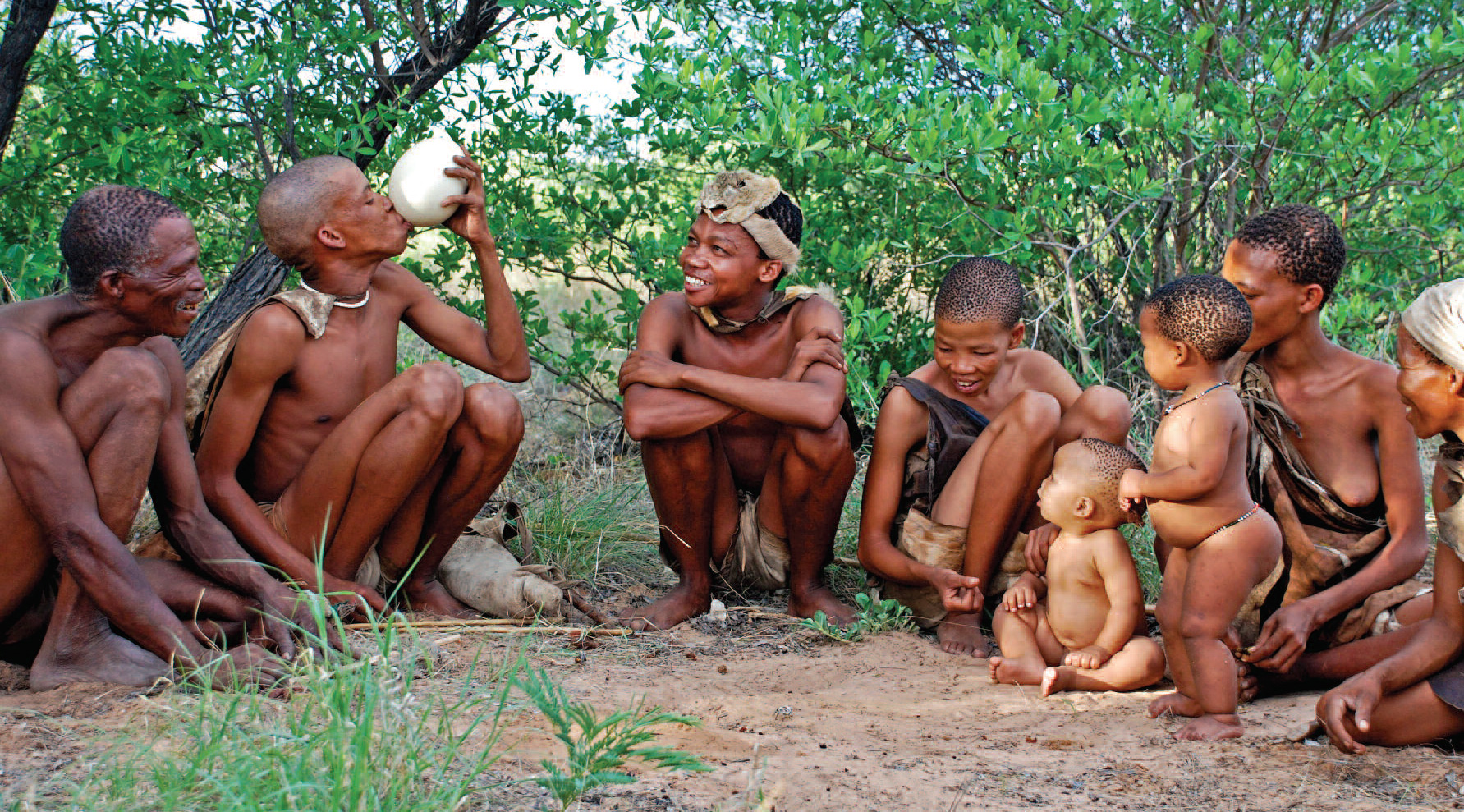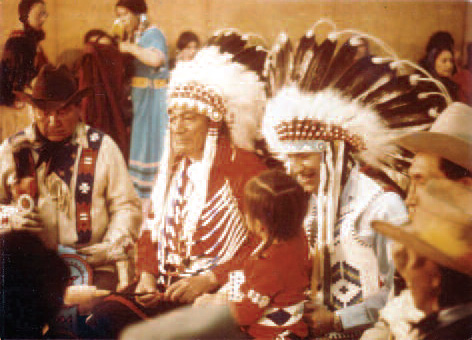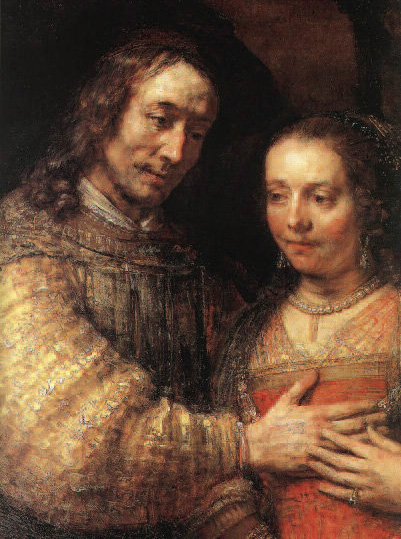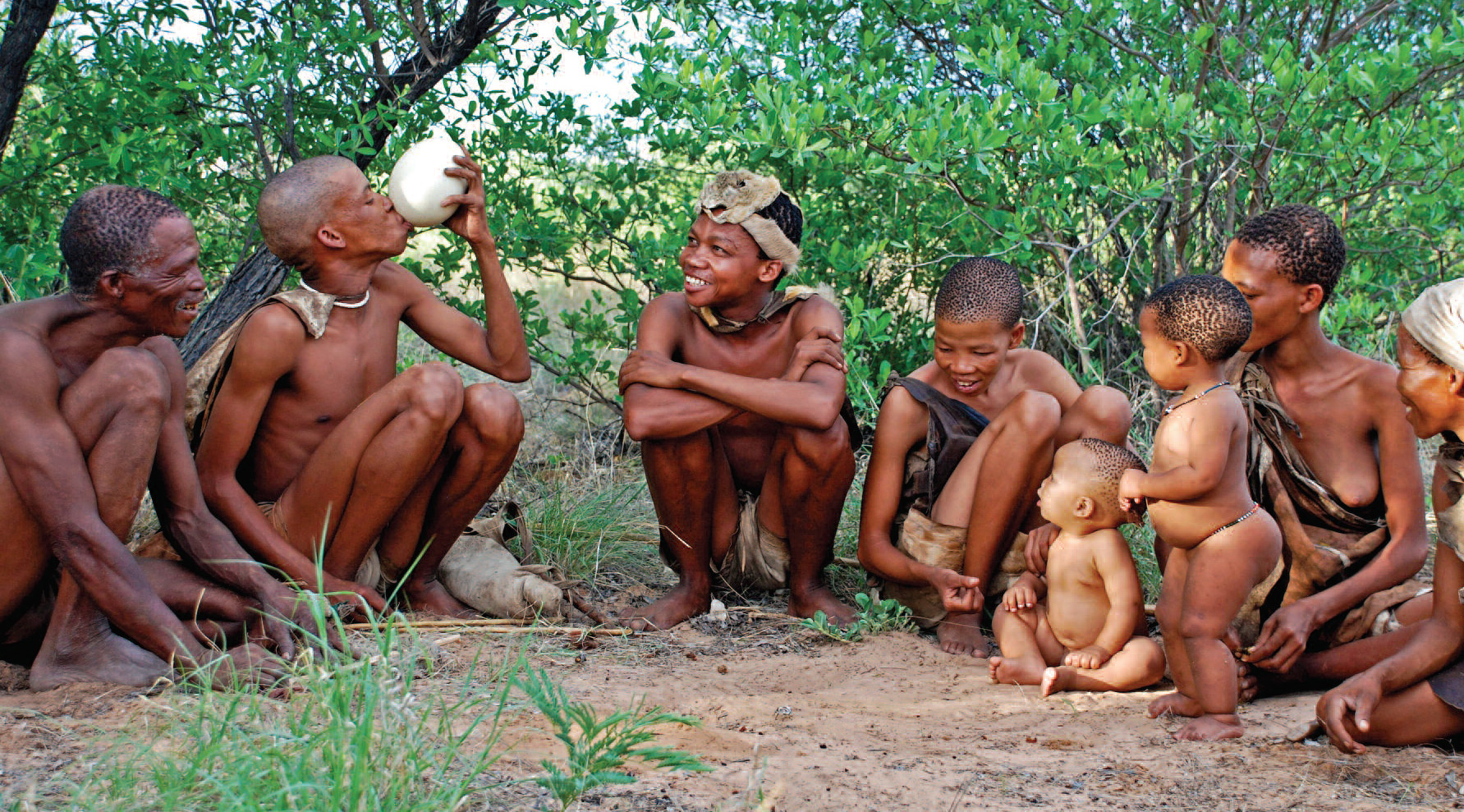
Since prehistoric hunters had to work together in order to survive, people have had to learn how to share both the workload and the harvest, and the problems and the joys. Through the centuries, traditions have formed and complexities have grown. But the health of all community depends on how we treat each other.
I’d like to explore eight worldviews and the practices they offer. Each can help us stay wholehearted, authentic, and in true relationship to life and each other.
The Native American notion of All My Relations views all of reality and life as related and interconnected. Every aspect of life is seen as part of one intrinsic family. In the Blackfoot tribe, when people meet, they don’t say “How are you” but “Tza Nee Da Bee Wah?” which means, “How are the connections?” If the connections are in place, we must be all right. If the connections are not in place, then we need to tend them first. Inherent in the Native American view is that our well-being is based on how everything goes together. There can be no lasting individual health unless there is a working harmony among all living things. The practice that grows from this worldview is the need to discover, name, and repair the connections that exist between all things. This is considered sacred and necessary work.

The African ethic of ubuntu is often translated as I am because you are, you are because I am. It implies that we find our humanity in each other. Ubuntu literally means a person is a person through other persons. This heartfelt tradition concentrates on the irrevocable connectedness that exists between people. Based on this fundamental commitment to human kinship, there is no word for orphan in the African continent, because each tribe automatically assumes a lost child as part of its larger family.
At work here is the belief that in our very nature, we rely on each other to grow. As quarks combine to form protons and neutrons, which then form atoms, which then form molecules, individuals innately form families, which then form tribes, which then form nations. Our strong need to interact stems from the irreducible nature of love. In fact, all the worldviews I’m discussing are manifestations of our innate need to join. The practice that comes from the notion of ubuntu is the vow to water the common roots by which we all grow and to honor our strong need to join.
The Hindu view takes us through our self and beyond our self into the interdependent mystery, where we find ourselves in each and every living thing. This is what the holy phrase Thou Art That means. The notion comes from the story in the Chandogya Upanishad of a humble father Uddalaka and his precocious son Svetaketu, who at an early age is chosen to study with the holy Brahmins, the priest class in India who study spiritual knowledge. As soon as he begins to study, Svetaketu has no use for his father. He looks down on his simple father and never asks him a question. One day, his father interrupts him, and Svetaketu impatiently asks, “What do you want, Father?”
Uddalaka says, “I want you to come with me.” He leads his son to the foot of the great Nyagrodha tree. He picks a fruit and asks his son to hold it, then asks him, “What do you see?” His son curtly answers, “Nothing. I see nothing.” His father asks him to break open the fruit, which Svetaketu does, and they can see the seeds inside it. Again, his father asks him, “What do you see?” Again, his son says, “I see nothing, Father. Nothing!” Uddalaka takes a seed, which is hollow in the center, and puts it close to his son’s face, and says, “Thou Art That, my son, thou are that nothing.”
More than putting his son in place, Uddalaka jars him to feel the great truth that out of that unseeable center, we all come to be. We all grow from this great nothing, even the massive Nyagrodha tree. And so, the practice we’re compelled to learn here is how to face and feel a life of compassion that honors that we are at heart the same.
The notion of I and Thou, discerned by the philosopher Martin Buber, holds that God only appears in the unrehearsed, authentic dialogue between two living centers. When we see ourselves as the sun and everyone we meet as planets in our world, we are trapped in the I-It relationship, objectifying everyone we meet. But when we can meet others as equal living beings, each with their own center, then we live out the I and Thou relationship, through which the Mystery manifests as a vital life-force between us.
Buber discovered the notion of I and Thou while walking in a field at dusk as a storm was approaching. Leaning on a walking stick, he stopped near a huge oak tree. Lightning appeared, and he could see everything about him clearly. In the darkness that followed, he could only tap his way blindly until his walking stick touched the thick bark of the oak before him. In that moment, he could feel the tree through his walking stick, though he wasn’t directly touching it. The walking stick became a symbol for the authentic dialogue that lets us feel life in the honest speech we offer. The practice that arises from this worldview is to stay committed to the life of honest conversation.
The Lebanese greeting, “Ya Ayuni!” literally means, “Oh, my eyes!” or “Oh, my darling!” Implicit in this ancient greeting is the recognition that we need each other to see, that one view is insufficient. Empowered by the presence of each other, the Lebanese people say, “Oh, my eyes! You’re here! Now we can see!” This custom reminds me of how Native American elders meet in a circle, not just for equity, but so that each elder will have a direct view of the Center. The belief at the heart of this worldview is that the Center and the Whole are not comprehensible by any one person alone. Therefore, we need everyone’s view to glimpse the enduring truths of life. And so, we gather meaning, we don’t choose it.
Like the Chien, the mythical bird of ancient China that has only one eye and one wing, we must find each other in order to see and fly. “Ya Ayuni!” “Oh, my eyes! You’re here! Now we can see!” The joyous practice of this custom—that we sorely need to enliven today—is to welcome other views in the belief that we need each other to be complete.

Oil on canvas. Rijksmuseum, Amsterdam
The next notion of connection comes from the early Christian mystics, the desert fathers of the third century, who gave us the metaphor of the Great Spoked Wheel. Imagine that each soul on Earth is a spoke in the Infinite Wheel and that no two spokes are the same. The rim of that Wheel is our living sense of community, and each spoke does its part to hold up the rim. But the common hub where all spokes join is the one Center where all souls come from.
As I become myself out in the world, I discover my unique gifts and find the one particular place on the rim of the Great Wheel that is mine to uphold. And so, as I move into the world, I live out my uniqueness. But when love and suffering cause me to go inward, I discover the common Center where we are all the same. When I dare to look into my own core, I come upon the one common core where all lives meet. In our becoming, which grows outward, and our being, which grows inward, we live out the paradox of being both unique and the same.
The image of the Great Spoked Wheel shows us how we need each other. If any of these parts are removed, the wheel falls apart. Remove any of the spokes, which are the individual souls that make up life, and the wheel doesn’t turn. Remove the Center, which is God, and there is no wheel. The practice offered here is to embody the paradox of our uniqueness and commonness by which the Great Wheel of Humanity turns.
The Danish notion of Hygge (pronounced hue-gah) comes from a Norwegian word meaning “well-being.” The word first appeared in Danish writing in the eighteenth century. The Danish word suggests coziness. As a practice of community, Hygge refers to the atmosphere we create between us. The Danish practice of Hygge invites us to create well-being, connection, warmth, and a sense of belonging. In Denmark and Norway, Hygge refers to “a form of everyday togetherness,” “a pleasant and highly valued everyday experience of safety, equality, personal wholeness, and a spontaneous social flow.”
The final worldview comes from a greeting offered by African Bushmen. For centuries, the Bushmen have affirmed each other with resolve. When one becomes aware of his brother or sister coming out of the brush after hunting or gathering, the one at home exclaims, “I See You!” and then the one returning rejoices, “I Am Here!”
This timeless gesture of bearing witness is both simple and profound. We all need to be seen and heard, recognized and verified. This is the emotional lifeblood of all relationship, which in our busyness and pain we often forget. The wholehearted acknowledgment of each other’s journey is at the heart of all therapy. The practice enjoined here is to be present and bear witness to each other and other life. Whether someone is filling your glass with water at a restaurant or taking your change at a gas station, no one is invisible. By being alive, we’re enlisted to affirm each other by saying, “I See You!” in whatever way we can.
In summary, the eight worldviews and their practices are:
All My Relations from the Native American tradition.
The Practice: To discover, name, and repair the connections that exist between all things.Ubuntu from the African tradition.
The Practice: To water the common roots by which we all grow and to honor our strong need to join.Thou Art That from the Hindu tradition.
The Practice: To face and feel a life of compassion that honors that we are at heart the same.The I and Thou Relationship from the Jewish tradition.
The Practice: To stay committed to the life of honest conversation.Ya Ayuni! from the Lebanese tradition.
The Practice: To welcome other views in the belief that we need each other to be complete.The Great Spoked Wheel from the early Christian mystic tradition.
The Practice: To embody the paradox of our uniqueness and commonness by which the Great Wheel of Humanity turns.Hygge from the Danish tradition.
The Practice: To create well-being, connection, warmth, and a sense of belonging.I See You! I Am Here! from the African Bushmen tradition.
The Practice: To be present and bear witness to each other and other life.
How we personalize these ancient worldviews and their vibrant practices is for each of us to discover. What does it mean for you: to repair the connections, to water our common roots, to face a life of compassion, to stay in honest conversation, to welcome other views, to honor our uniqueness and commonness, to create a sense of belonging, and to bear witness to each other? These are not concepts but living tools by which tribes and cultures have sustained human growth on Earth. How can you make good use of these tools today? By figuring out how to enact these practices in our daily life, we can strengthen the human community, one relationship at a time.
The health of all community depends on how we treat each other.♦
Copyright © by Mark Nepo from More Together than Alone, published by Atria Books, a division of Simon & Schuster, Inc.
From Parabola Volume 43, No. 4, “Hope,” Winter 2018-2019. This issue is available to purchase here. If you have enjoyed this piece, consider subscribing.
